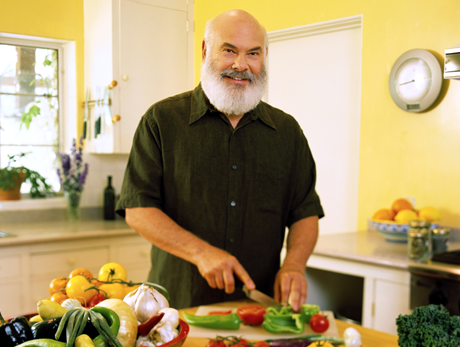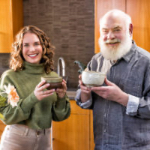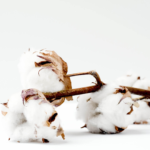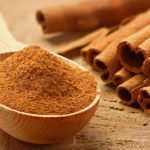Have You Been Drinking Fake Matcha?
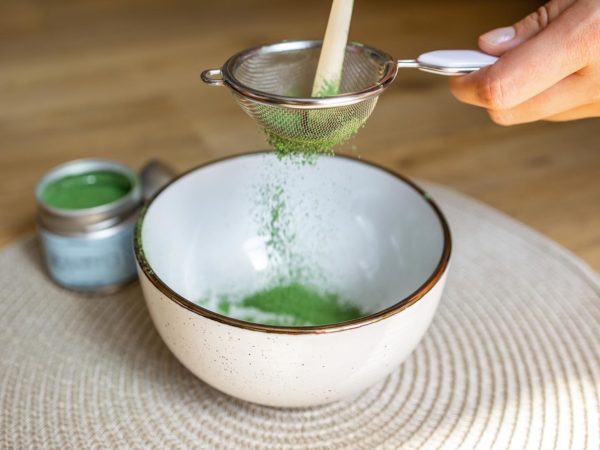
This Daily Tip is courtesy of the Weil Nutrition Corner™.
Dr. Weil’s Take:
No doubt you’ve been reading about the shortage of matcha.
Worldwide demand for Japan’s prized powdered green tea has increased so much that it now exceeds available supply, and prices have gone up accordingly. Japanese farmers are trying to convert cultivation of sencha (ordinary green tea) to production of tencha, the shade-grown tea that is the raw material for matcha, but that will take time. Tea retailers in Japan are limiting sales to one 30-ounce tin per customer per day.
Whenever demand for a luxury product exceeds supply and costs escalate, it is a certainty that the market will be flooded with adulterated or counterfeit versions of the real thing. That is now the case with matcha. There is a lot of fake stuff out there. Buyer beware!
How can you be sure you’re getting genuine matcha? How can you spot the fakes?
Here are some guidelines:
Real matcha comes from Japan, and is made only from tencha. Shading of tencha for several weeks before harvest increases the chlorophyll and flavor components of the leaves, giving them an intense green color and smooth umami flavor with no bitterness. After steaming and drying, the leaves are stone-ground and protected from heat and oxidation. Highest quality matcha is expensive: from $500 to $900 or more per kilogram.
Fake matcha designates a range of inferior and deceptive products that include:
- Cheap, mass-produced powdered green tea made from sencha (not tencha) or bancha (a lower grade of sencha that is less aromatic and more bitter); none of these are shade-grown.
- Powdered tea grown in China or Vietnam, marketed as Japanese matcha.
- Powdered tea that is not stone-ground, has been heat-treated and oxidized, and is often yellow-green, bitter, and astringent.
- Fake matcha sells for $30 or less per kilogram. It is displacing real matcha in many markets outside Japan. For example, Chinese matcha is being shipped to
Japan, relabeled “Product of Japan,” and resold to subscription-based big box
stores across the USA.
If you love good matcha, be a wise shopper. Look for the color and flavor of the real thing. If the price of a tin of matcha seems too good to be true, it probably is.
Don’t fall for bad matcha! Don’t buy fakes!
Diana’s Take:
While matcha has been used for centuries in Japan and other parts of Asia, it has really taken off worldwide in the past five years – largely due to TikTok and Instagram. While I’m thrilled that more people are drinking matcha, I’m a bit dismayed by the side effect this has had: a matcha shortage, and even more concerning, the rise of “fake matcha.”
There are a few issues with fake matcha. First, it simply doesn’t offer the same health benefits as authentic matcha. Producing true matcha is a labor-intensive process. It can only be grown in specific regions; tea plants are shade-grown before harvest. Only the most tender leaves are hand-picked, then steamed, dried, and stone-ground into a fine powder. Each step matters, especially since matcha can oxidize easily, and rushing the process or skipping any of these steps can drastically reduce its quality.
“Fake matcha” is made with sencha leaves grown in direct sunlight, which can result in a bitter, dull taste and a lack of key nutrients. Compared to real matcha, it contains fewer antioxidants, less chlorophyll, and lower levels of L-theanine. Meaning it won’t deliver that calm, focused energy or the full spectrum of health benefits.
The other issue with fake matcha is that it’s a bit of a slap in the face to centuries’ worth of tradition. Though matcha originated in China, it has over 800 years of deep cultural and spiritual significance in Japan. Tea farms have been passed down through generations for centuries, and these families have spent lifetimes cultivating matcha with care, patience, and reverence. Flooding the market with low-quality imitations not only misleads consumers, but it also disrespects the families, farmers, and heritage behind real matcha. It puts pressure on farmers to grow fast, cheap cultivars instead of preserving the legacy.
Today’s Health Topics
Editor's Pick
Health Focus
Ask Dr. Weil's Q&A
| Weekly Wellness Bulletin |
| Sign up for our once a week, in-depth health bulletin - sent out on Thursdays. Dr. Weil shares the very latest from the ever-changing world of health and nutrition. Stay on top of the latest news in this doctor-reviewed weekly compilation. |
|


